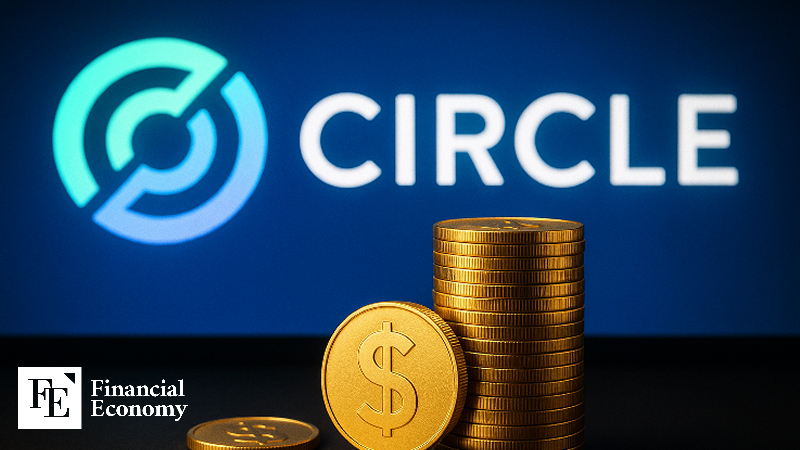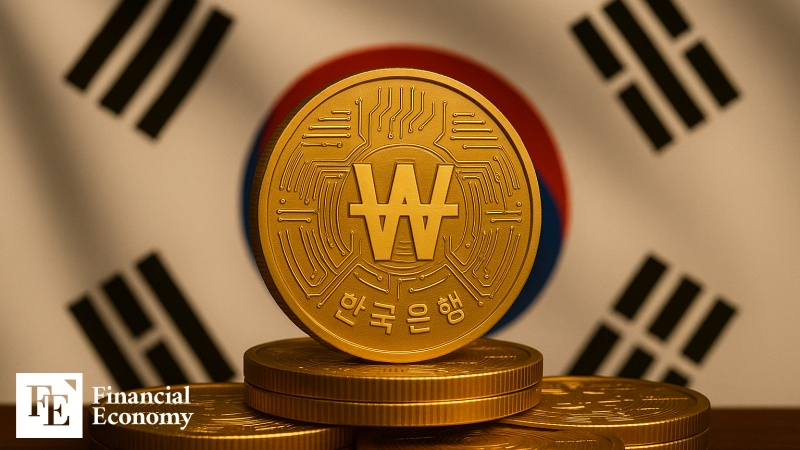Circle Pushes Stablecoin Expansion in Korea, But Policy Deadlock Persists
Input
Modified
Circle, the issuer of USDC, proposed meetings with Korea’s four major banks. The move may signal plans for a won-based stablecoin and broader USDC adoption. Yet efforts to institutionalize a won stablecoin remain stalled.

Korea’s four major banks are engaging with Circle, the issuer of the stablecoin USDC. The banks appear to be exploring partnerships to expand their digital asset businesses, while Circle is seeking allies to strengthen its global presence.
Circle Meets Korea’s Big Four Banks
On the 18th, Korea’s four major banks—KB Kookmin, Shinhan, Hana, and Woori—confirmed they are considering meetings with Circle President Heath Tarbert during his visit to Seoul. The banks said Circle had proposed the meetings, though details on timing, participants, and format remain undecided.
Market observers believe the lack of disclosure is due to Circle’s request for nondisclosure agreements (NDAs), not reluctance from the banks. Given fierce competition to gain an edge in digital assets, experts note that the banks are unlikely to turn down an opportunity to engage with Circle, which controls 25.7% of the global stablecoin market. Alongside Tether, which holds 62%, Circle is regarded as a key player in international payments and remittances. One banking official remarked that partnering with Circle is “inevitable” for Korean institutions seeking competitiveness in blockchain finance.
The discussions are expected to cover areas such as local use and cross-border transactions of dollar-based stablecoins, as well as potential issuance of a won-backed stablecoin. A commercial bank official added that, with regulations on digital assets evolving rapidly both domestically and abroad, the meetings would likely focus on sharing perspectives on shifting market conditions.
What Circle Stands to Gain
Partnership with Korea’s major banks could be a strategic win for Circle. The company has recently invested in local-currency stablecoins, including the euro-pegged EURC and the yen-pegged JPYC, as part of a broader effort to expand its global footprint by issuing products tailored to each country’s financial and regulatory environment. Circle’s visit to Korea is widely seen as another step in this global expansion strategy.
For Circle, entering the relatively underdeveloped Korean stablecoin market with USDC is an attractive prospect. By providing banks with systems and expertise to operate stablecoins, Circle would secure a stronger foothold for USDC in Korea. Broader adoption of USDC worldwide also boosts Circle’s reserve holdings, generating greater interest income.
However, analysts warn that such moves could pose risks for Korea. If USDC, a dollar-pegged stablecoin, becomes widely used domestically, it could reinforce the dominance of the U.S. dollar while eroding the influence of the Korean won—potentially even undermining its value over time.

Stalled Talks Between BOK and DPK on Stablecoins
Despite Circle’s ambitions, the prospects for a won-pegged stablecoin remain unclear due to policy gridlock in Korea. The Bank of Korea (BOK) and the Democratic Party of Korea (DPK) both acknowledge the need for a won-based stablecoin, but they remain sharply divided on key details.
A major sticking point is who should be authorized to issue the first stablecoin. On the 19th, BOK Governor Rhee Chang-yong told the National Assembly that stablecoins are essential for programmable money, but argued they should be introduced through banks first and gradually expanded. By contrast, DPK lawmaker Min Byung-deok argued a day earlier that, like the U.S., Korea should allow non-bank entities to issue stablecoins, calling a bank-only approach a choice of stability over innovation.
Differences also extend to monetary policy. Governor Rhee has repeatedly warned that stablecoins could weaken policy effectiveness, noting that if non-bank issuers sell government bonds pledged as collateral during a contractionary cycle, it could destabilize markets. The DPK counters that, once the central bank’s systems are ready, won-based stablecoins could instead strengthen macroprudential management and enable more precise monetary and financial policy.





















